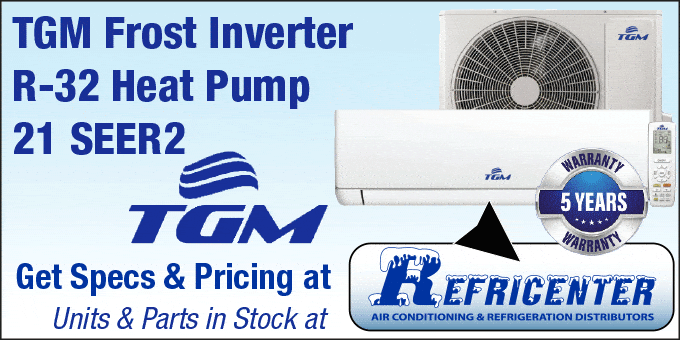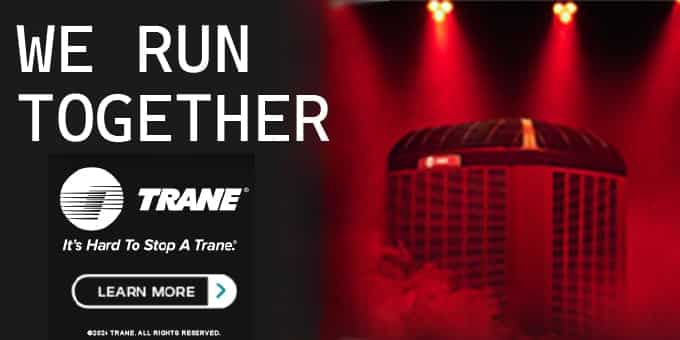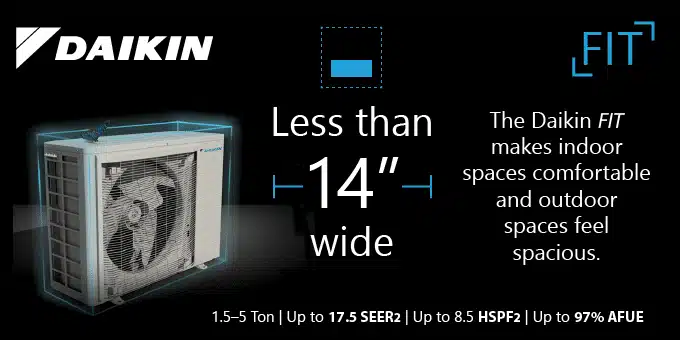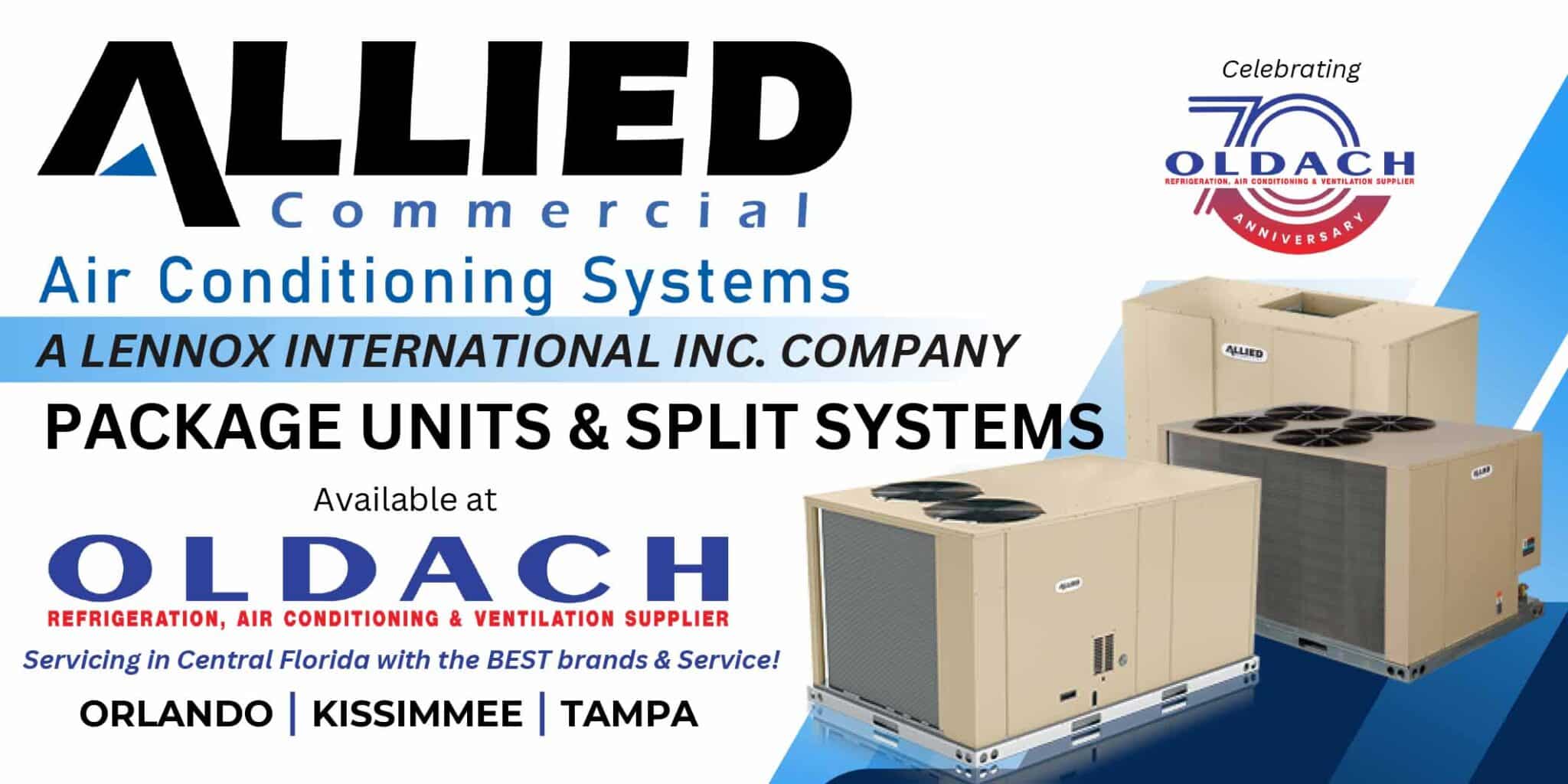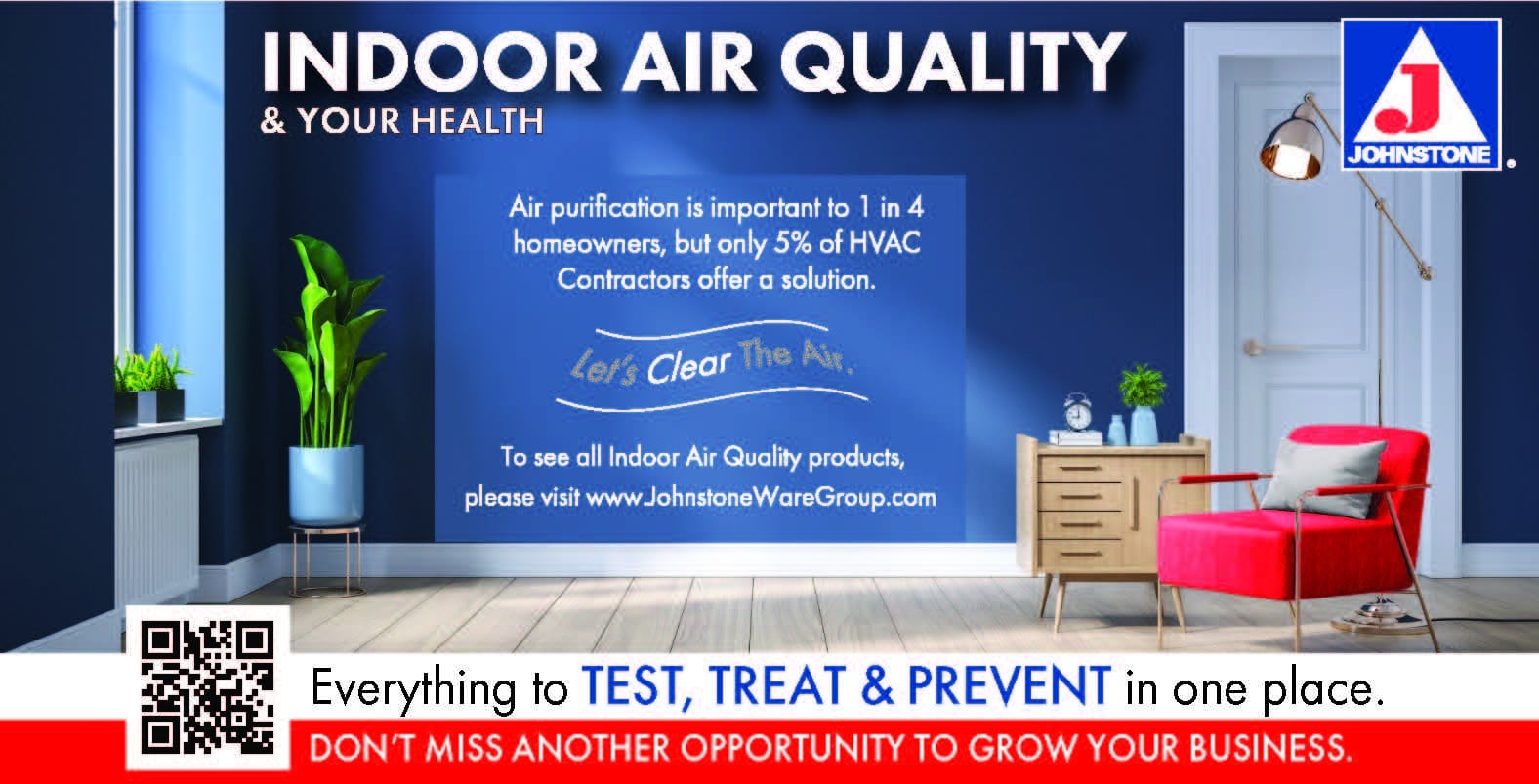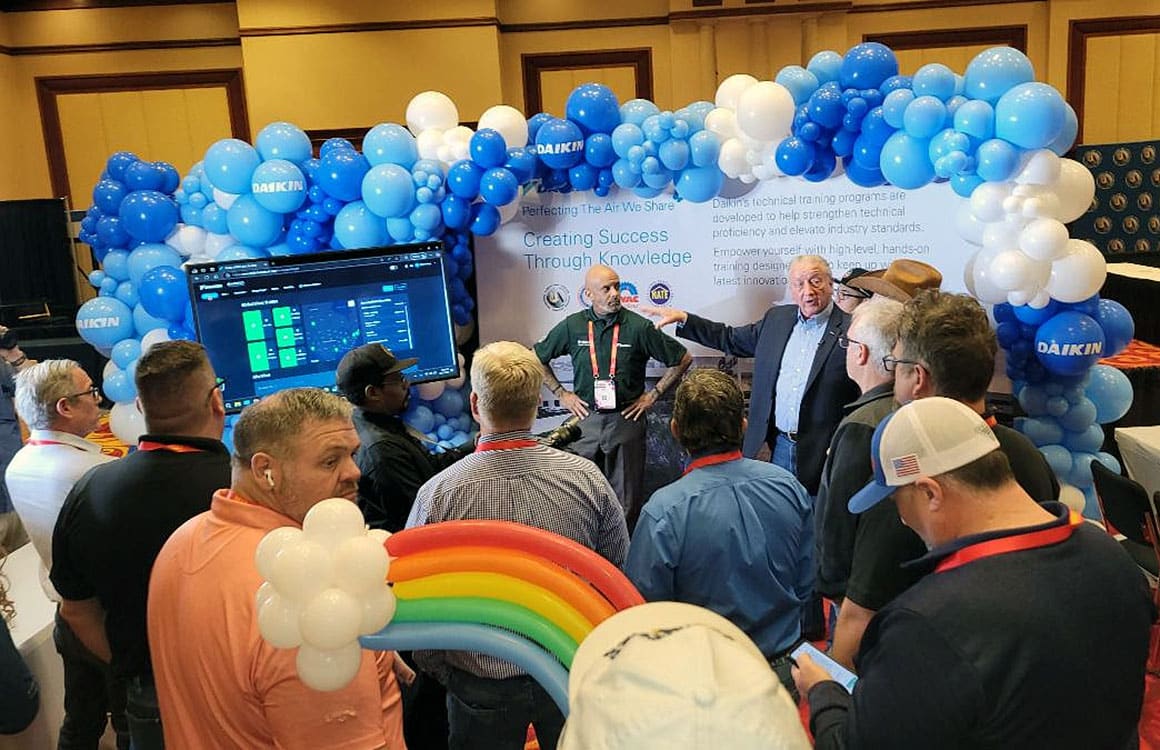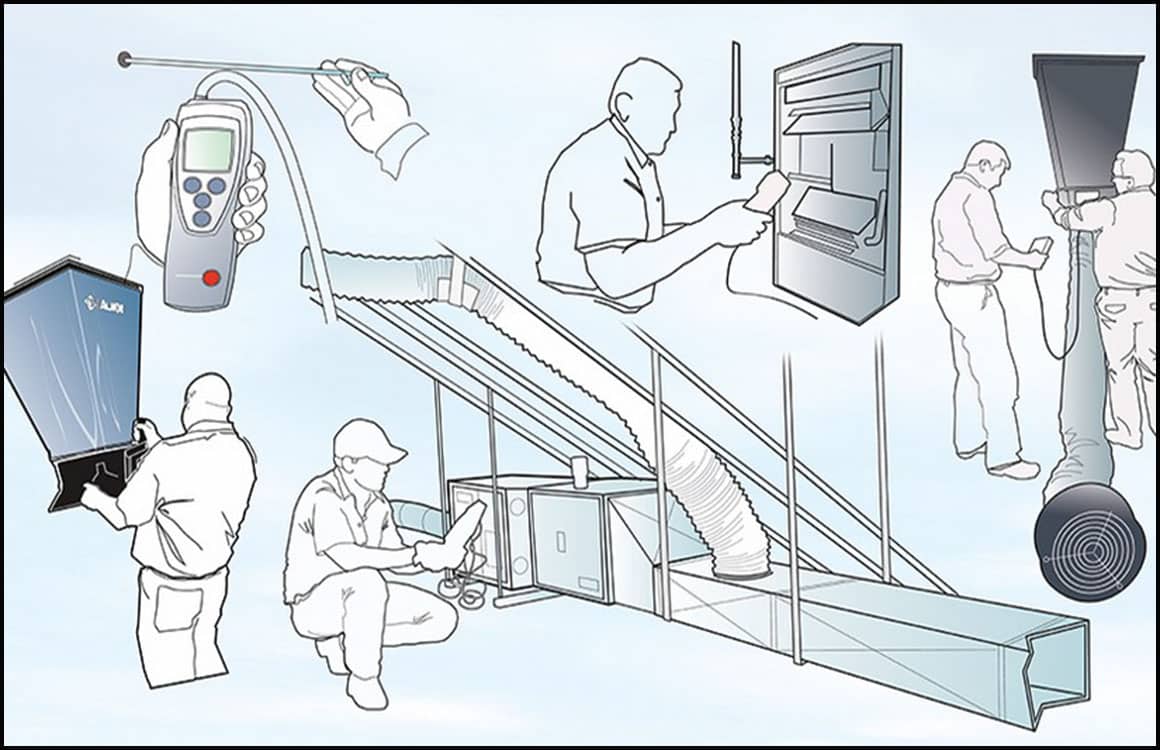 Chances are high that you’ve encountered disastrous equipment replacement jobs you’d love to forget. Whether it’s the customer who now has high humidity issues, or the system that can’t maintain temperature anymore — we’ve all experienced them.
Chances are high that you’ve encountered disastrous equipment replacement jobs you’d love to forget. Whether it’s the customer who now has high humidity issues, or the system that can’t maintain temperature anymore — we’ve all experienced them.
Indeed, in many of these occurrences, attention to detail and avoiding bad industry habits helps prevent the occasional catastrophic installation. Let’s look at two common equipment replacement disasters and how to avoid them.
Equipment Replacement Disaster #1
Forward-thinking salespeople place a lot of attention on properly performing duct systems. They offer their customers opportunities to increase comfort by correcting duct issues. These solutions often range from duct sealing and adding duct insulation, to installing new ducts to feed uncomfortable rooms.
While these are great solutions to focus on, they don’t mix well with HVAC Industry rules of thumb that have been around for decades. The rule of thumb that can eliminate the opportunity to offer these duct improvements is to automatically replace older units with equipment of the same size capacity.
Because we are under such time constraints on every job, we typically size equipment by reading the model number on the unit and asking the customer if it heated and cooled the house okay. This is a recipe for disaster.
According to National Comfort Institute, Inc. (NCI) studies, the typical HVAC system loses 43% of its rated capacity through the duct system. If this condition exists after properly fixing the ducts, then the new equipment is oversized. Oversized equipment short cycles which increases comfort and humidity problems.
Here’s a rule to follow: When you improve ducts, pay special attention to equipment size. It often needs downsizing. Remember, by improving a duct system, you reduce the heat load on it from duct leakage and poor duct insulation.
In this disaster, the system is oversized, but gives the illusion all is well. How? By losing heating and cooling capacity through the bad duct system.
Equipment Replacement Disaster #2
The second disaster is typically in response to customer complaints that their HVAC system doesn’t heat and cool the house well. A common reaction is to upsize the equipment while ignoring existing duct sizes. The old HVAC rule of thumb says, if there is a three-ton system, just increase capacity to a four-ton unit so it can keep up.
Typically, installed residential HVAC systems connect to undersized ducts. Increasing equipment capacity without first addressing the duct system, is like trying to force a round peg through a square hole using a 10-pound sledgehammer. It’s much better to try to determine why the existing system can’t keep up.
So why can’t the system keep up? The reasons are many. They range from inadequate refrigerant charge, duct system losses, to building construction issues. The solution is to find the source of discomfort instead of using oversized equipment as a silver bullet. For purposes of this article, we’ll focus on duct system losses.
Another issue to think about is the impact of retrofitting two-stage systems onto undersized duct systems. In many of the situations we’ve field tested here at NCI, we’ve found that, on average, total external static pressure is 200% over the equipment’s maximum rated pressure. We’ve also found watt consumption of the variable speed blowers to be three times higher than specifications.
When such results occur, you end up with unhappy customers who didn’t get the savings and comfort they expected. The good news is, there are ways to keep this from happening.
The Common Thread
In both disasters mentioned above, the duct system and correct equipment sizing are keys to proper operation. The first system is too large and should be replaced, yet it appears to function correctly due to duct system losses. The second system is probably sized correctly, but fails to deliver its design capacity also due to duct system losses.
Unless you perform some baseline tests and calculations, you could end up owning one of these disasters. If you intend to perform any duct modifications, be sure to gather necessary test readings first. It helps to measure static pressure, plot fan airflow, and examine duct system temperatures. These measurements help you identify the warning signs that could turn into glaring issues. If a test result is suspect, dig a little deeper to uncover why. It could save you from making the wrong decision.
When you plan on changing the equipment size, perform a proper heat load calculation and use correct equipment selection procedures. If the existing equipment is sized right, you’ve already double checked yourself. If it’s off, you’ll know which way to go, and how weaknesses in the existing duct system will affect it.
The Takeaway
Slow down and pay attention to the details. Don’t create problems for yourself — this business is difficult enough. Have the courage and confidence to do the right thing and help your customers understand why their system doesn’t work like it should. Unless you measure, this is extremely difficult.
Remember, your test results and design information give you a direction to follow. It’s the glue that holds everything together. Without it, you might create an equipment replacement far different than you intended.
David Richardson serves the HVAC industry as a curriculum developer and trainer at National Comfort Institute, Inc. (NCI). NCI specializes in training focused on improving, measuring, and verifying HVAC and Building Performance.
If you’re an HVAC contractor or technician interested in diagnosing and solving comfort problems, contact David at davidr@ncihvac.com or call him at 800-633-7058. NCI’s website www.nationalcomfortinstitute.com is full of free technical articles and downloads to help you improve your professionalism and strengthen your company.



